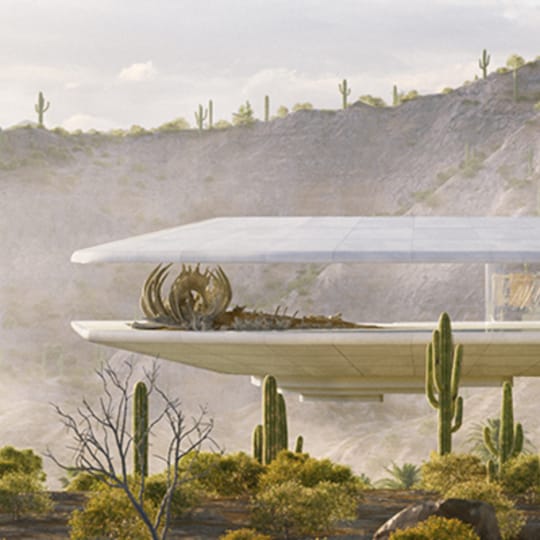

#VRAY RHINO SOFTWARE#
In only ONE environment (Basic or Plug-in), the software will attempt to access and use the "other" definition when rendering. The material definition used will depend on the Renderer selected for a rendering. Geometry in your model may have BOTH a Basic and a Plug-in material definition associated with it. In the Object Properties dialog, when you select "Plug-in" or "Basic" you are selecting whether the texture definition will be a Rhino (Basic) texture or a V-Ray (plug-in) texture. BOTH allow those materials to include bump-maps. Sharing Texture Data Between V-Ray and RhinoīOTH V-Ray and Rhino allow you to define new materials. IF it looks OK, click Apply to save the changes. With the color and bump map defined, we can click the "Update Preview" button (upper left of the dialog box) to check out how our material definition is coming along.

The "Clear" button can be used to discard the image. Note how the gray lower-case "m" has been replaced by a black upper-case one-that means a file has been specified. Just to the right and below the center of the dialog, we've clicked the and selected the black and white image shown at the top of this page. This means we want to use an image to specify the amount of bumpiness.

From the application menus, pick Render.Make sure V-Ray is the current renderer.Two Ways to Make a New V-Ray Material Starting from the menus
#VRAY RHINO HOW TO#
On the rest of this page we'll see how to do that. For example, to make the rough concrete shown here, we use a uniform color (gray), and a "bump map" texture provided by a gray-scale image (below). Not all materials customize all of these. The data attribute we want to change is called "Material" or "Texture" in most programs.Įach material has a variety of contributing characteristics, including color, transparency, and bumpiness. Turning the simple gray prism into the bumpy concrete block is done by changing the way the surface is rendered, not by changing the geometry. Geometry in the real world is often multi-hued and bumpy, like the image on the right. Geometry made in the modeler is pure, smooth, monochrome, as shown at left. TAPESTRY: The Art of Representation and Abstraction Textures - Defining - VRay


 0 kommentar(er)
0 kommentar(er)
